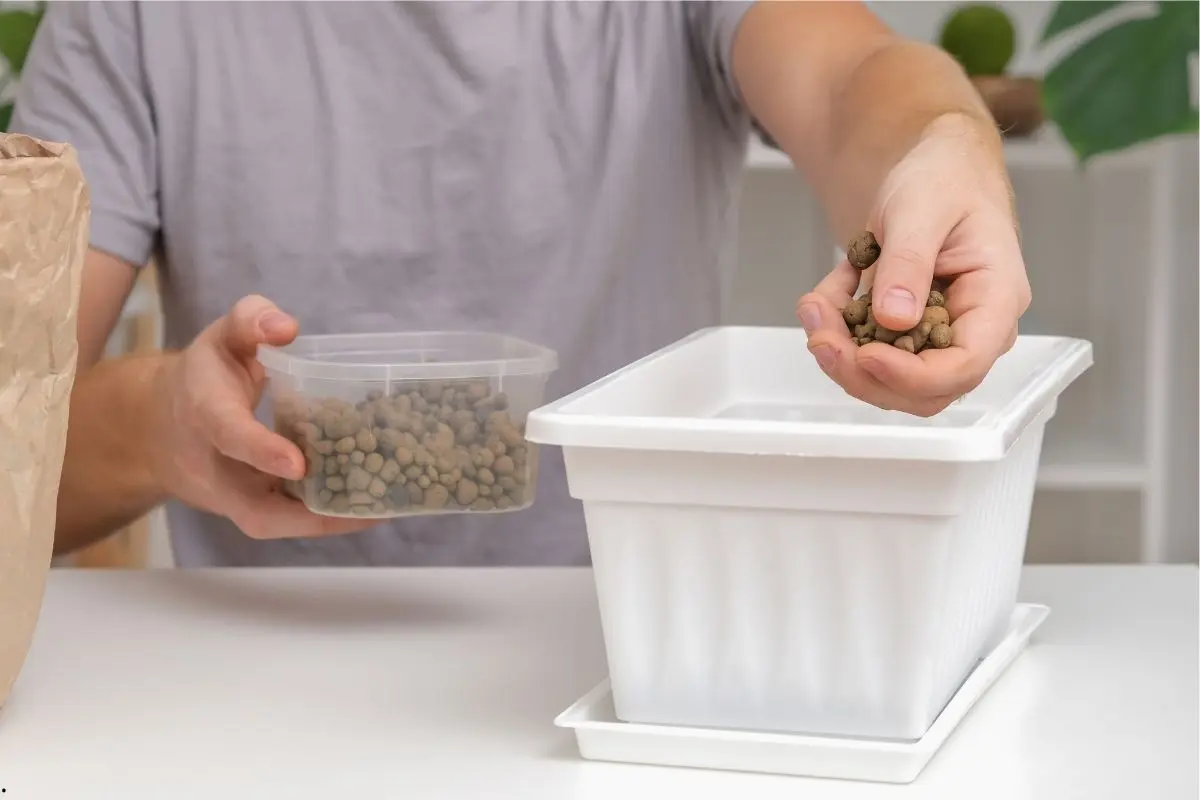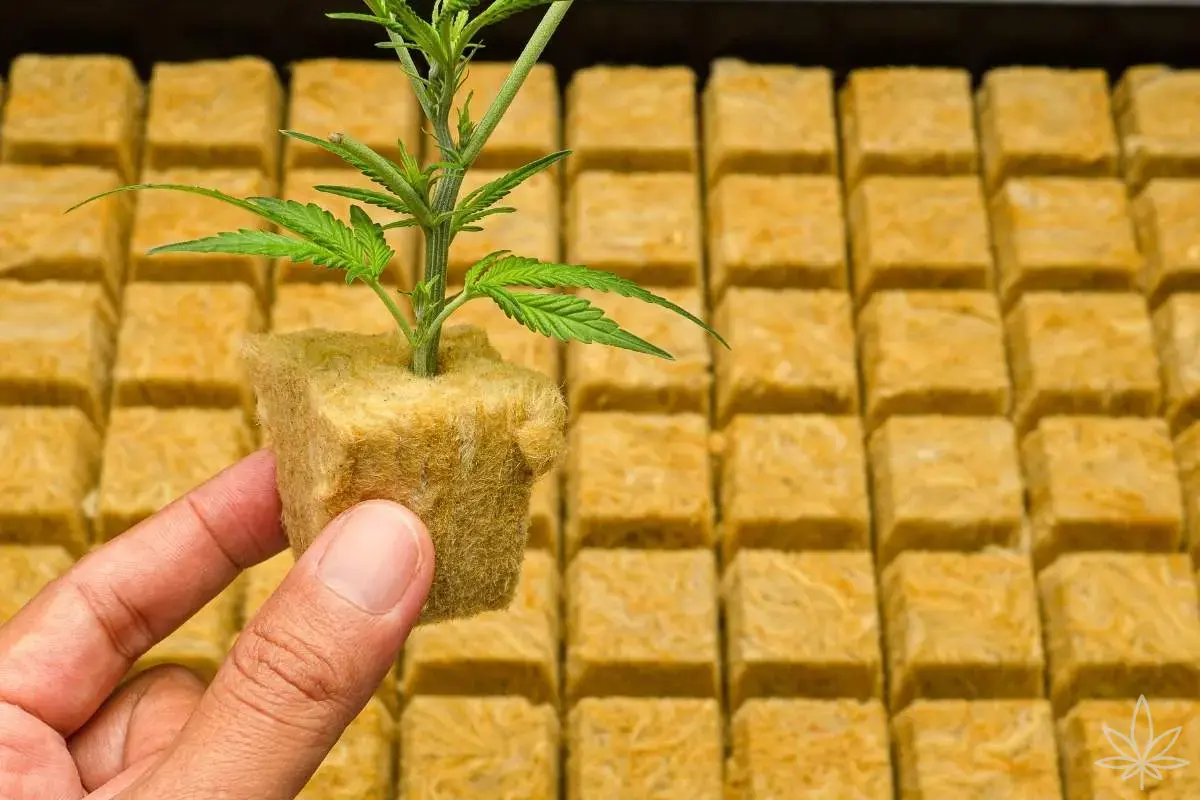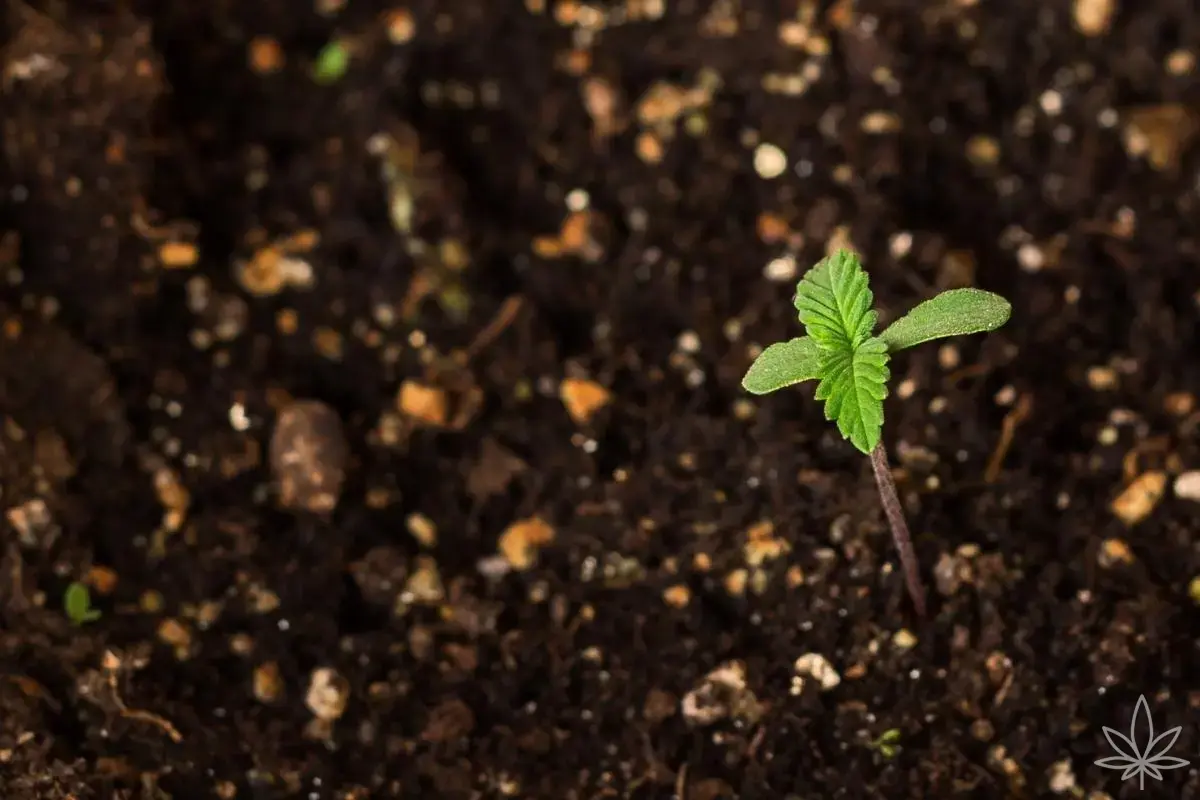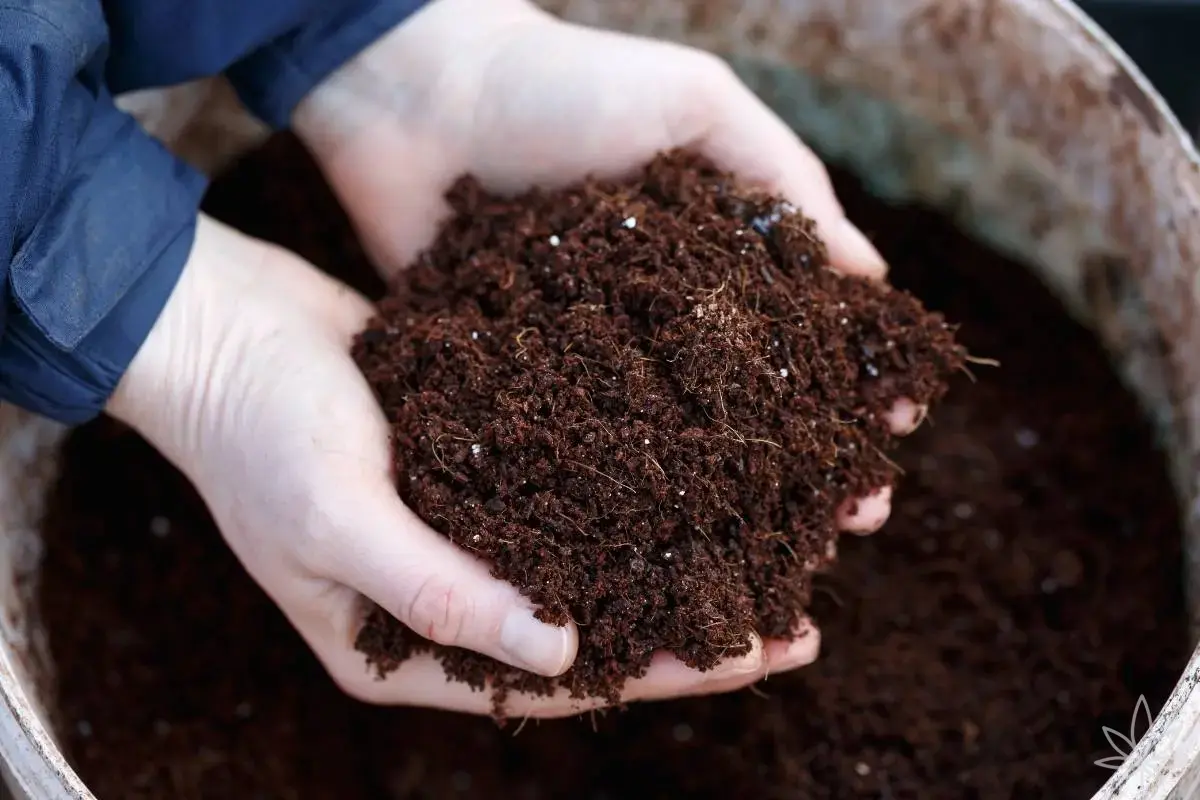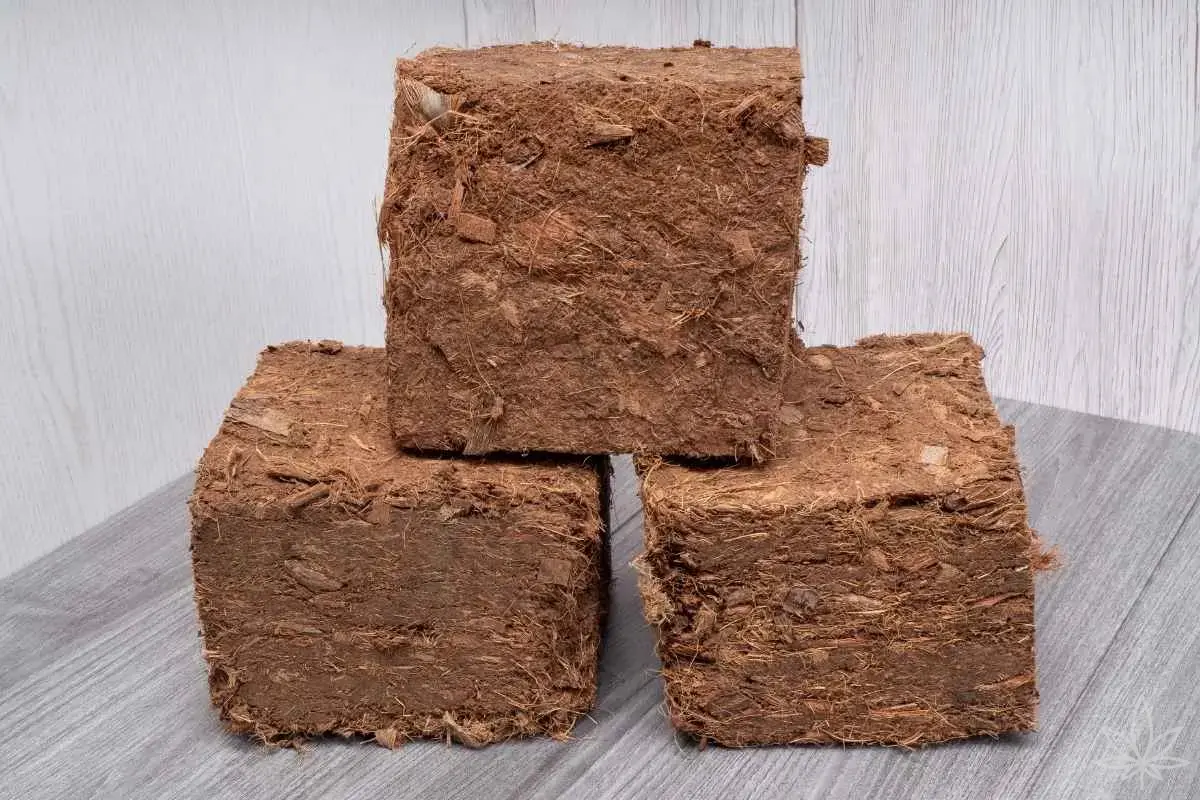In hydro, it isn’t a “magic nutrient” that does the work—it’s solution control and oxygen at the roots. The substrate plays a modest yet crucial role: hold the plant, deliver water to the root zone, avoid clogging hardware, and not mess with pH. Sounds simple? The wrong medium can decide whether your system purrs or fights you with algae, slime, and blockages. Here’s a practical guide to the most common materials and how to pair them with specific systems.
System first, then the bag of granules
Before you toss LECA into the cart, answer one question: what system are you running, and how do you want to live with it day-to-day?
- DWC/RDWC (buckets, aerated reservoirs): The medium is just a collar in a net pot; all the action happens in water. You want something stable and inert that won’t shed fines into the loop.
- NFT & aeroponics: You typically run on starter cubes and then “bare” roots in a channel/mist. The medium supports the seedling/clone and then gets out of the way.
- Flood & drain (ebb & flow) and recirculating drip: The medium must both hold moisture and breathe, without crumbling in circulation or floating away.
- Drain-to-waste (DTW) drip and passive semi-hydro (Autopot, SWICK): Media with higher CEC (e.g., coco) are viable because solution doesn’t return to the tank.
Rockwool: greenhouse standard, a classic starter
Cubes and blocks are light, predictable, with excellent capillarity—ideal for rooting and NFT/drip. They’re essentially chemically inert, but have one quirk: pre-soak in pH ~5.5 for 20–30 min, as fresh material can nudge pH up. They’re spotless in DTW and fine in recirculating setups if hygiene is tight. Downsides? Waste after harvest—rockwool is rarely reused and not the “greenest” pick. Cost: starter trays usually a few to a dozen+ euros, slabs/blocks several to a dozen+ euros each.
Use when: starting clones/seeds, flood tables, NFT, greenhouse-style drip.
Skip when: you need reusability or want to minimize waste.
LECA (expanded clay): balls for almost everything—almost
In DWC/RDWC LECA rules—inert, tough, easy to sterilize (boil/bleach), and reusable for multiple cycles. In flood & drain it shines, drying quickly between floods without smothering roots. It has modest water-holding capacity, so drip needs more frequent pulses; in Autopots, blend with something “spongier.” Always rinse thoroughly and pre-soak (12–24 h at pH ~5.8; a touch of Ca/Mg helps). Fresh out of the bag it’s dusty and can gently push pH. A 45–50 L sack runs ~€10–€25.
Use when: DWC/RDWC net pots, flood & drain, perforated pots, multi-cycle media.
Note: size matters—8–16 mm for net pots; finer for tables but not too fine or you’ll slow drainage.
Coco in hydro? Yes—used wisely
Hydro loves inert media. Coco isn’t: it has CEC and must be rinsed and Ca/Mg-buffered. Why use it? In DTW and semi-passive systems coco gives a very stable root zone, wide moisture window, and a forgiving buffer. It works in recirculating setups, but you’ll need filtration and tight sanitation—fines can gum up lines. A 5 kg brick (60–70 L expanded) is typically teens to dozens of euros.
Use when: DTW drip, Autopot, SWICK, semi-hydro hybrids.
Skip when: RDWC and tight recirc without filters—coco fines spell sludge.
Perlite, pumice, foamed glass: light lungs—and tidy plumbing
Perlite aerates brilliantly and is pH-neutral, but brittle—in recirculating loops the fines end up in the filter. Use as a blend component (e.g., with coco in DTW) or in flood tables without pump recirculation. Pumice/lava is heavier and tougher—won’t float, won’t crumble, adds drainage plus micro-retention. Foamed glass granules are a clean, inert, reusable option—often pricier. Roughly: 10 L perlite ~€5–€12, pumice/lava ~€8–€20.
Best for: flood & drain, tray culture, DTW; fine-tuning blends.
Practical note: anything dusty must be rinsed. That one step decides whether your pump is friend or foe.
Phenolic foams & neoprene collars: small items, big peace of mind
For aero cloners or NFT starts, phenolic foams (Oasis-type) and neoprene collars are unbeatable: light, clean, consistent. Foams are often single-use (varies), collars can be boiled/bleached and reused. Price: usually a few to a dozen+ euros per tray/foam; collars ~€0.5–€1 each.
Match the medium to the rig – three quick scenarios
1) RDWC (4 plants in a 120×120 tent): 8–10 cm net pots, LECA 8–16 mm after a thorough rinse & soak, no fibrous additives. Return-line filter; keep solution temps in check—the medium is just a “stand.”
2) Flood table 120×60 with recirculating drip:Rockwool block for the plant, surrounded by a 70% LECA + 30% pumice blend in a perforated pot. Fast dry-back after floods, no swamp, clean lines.
3) DTW drip in 11–15 L pots:Coco 60–70% + perlite/pumice 30–40%. Always buffered coco (Ca/Mg). Set flow for a slow, even EC drift at runoff. Simple, predictable, zero recirc.
Hygiene: where hydro is won (or lost)
Whatever you pour from the bag—prep it like surgical gear. Rockwool acid-soak & rinse; LECA soak 12–24 h then flush hard; coco rinse to low EC and Ca/Mg-buffer. Post-harvest: mechanical wash, then an oxidizer (peracetic acid, H₂O₂, or dilute hypochlorite—rinse thoroughly). Every gram of dust you leave in the medium returns as seized pumps, biofilm, and “fungus” in lines.
What it costs—and how long it lasts
- LECA 45–50 L:~€10–€25, reusable (several cycles with good hygiene).
- Rockwool (cubes/blocks/slabs): starter trays a few to a dozen+ euros, slabs/blocks several to a dozen+ euros — mostly single-use.
- Coco (5 kg → 60–70 L):teens to dozens of euros; can be refreshed for a second run, though in DTW many just swap out.
- Perlite/pumice/foamed glass: 10 L ~€5–€20; perlite is basically non-reusable, pumice/foamed glass are.
Classic blunders (pin these)
- No rockwool pre-soak → pH drifts >7, roots sulk.
- Coco in recirc without filtration → fines in pumps, brown biofilm, dying emitters.
- LECA straight from bag → dust, pH jitters, green soup in the tank.
- Reusing media without disinfection → Pythium & friends return despite “perfect” solution numbers.
- Overly fine particle size → mix holds too much water; roots suffocate between floods.
The gist
- DWC/RDWC: LECA (coarse), minimal additives, clean plumbing.
- NFT/aero: starter cube (rockwool/foam), then let the roots run bare.
- Flood & drain / recirculating drip: rockwool, LECA, pumice—inert and clean materials.
- DTW/passive: coco (buffered) solo or blended with perlite/pumice.
Rinse, soak, disinfect. The best hydro medium isn’t the star—the plant is. The medium’s job is simply not to get in the way.

